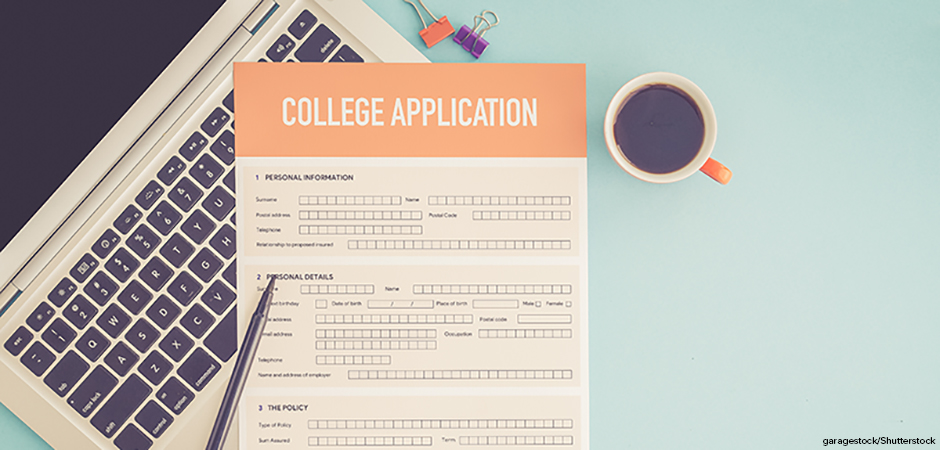
Are you a high school senior who plans to attend college or career school after you graduate? Or maybe you have a sibling, relative, or friend who attends or is planning to attend college next school year? If so, you may have heard about the changes to Free Application for Federal Student Aid, or FAFSA.
What is the FAFSA?
The Free Application for Federal Student Aid is exactly what it sounds like. It is an application a student and their family complete—for free—to determine if they are eligible for financial aid to attend career school, college, or university. The U.S. Department of Education administers the FAFSA. Federal financial aid includes grants, work-study funding, and loans. This money helps students pay for college or career school.

Why and How Did the FAFSA Change?
Congress passed the FAFSA Simplification Act in 2020 and charged the U.S. Department of Education to overhaul the way federal student aid is awarded to college students. The goal was to improve the process for students and families by making the FAFSA form easier to complete and expanding access to federal aid. While some parts of the act had already been implemented, the biggest change occurred this year for the 2024-2025 application.
One of the greatest benefits to the new FAFSA is that there are far fewer questions. Some of this is because the FAFSA now links directly to the Internal Revenue Service (IRS) to retrieve tax returns instead of having students and parents input that information. For most families, it now takes a fraction of the time to complete the application.
Another major benefit is that the process for awarding Pell Grants was simplified, and more students are eligible. Pell Grants are awarded to low-income students and do not need to be repaid.
There is also some new terminology. For example, what was once called the Expected Family Contribution (EFC) is now called the Student Aid Index (SAI).
FAFSA Delays for 2024-2025 Year
In previous years, the FAFSA became available on October 1st. For the 2024-2025 application year, the online form was not open until December 30, 2023, and initially the release was a “soft launch.” This meant that the FAFSA online form was available only certain hours of the day. On some days, it was not available at all. It was not until January 8, 2024, that the FAFSA was open 24 hours a day on the website.
Particularly for those families whose children are high school seniors, the FAFSA delays have made the college application process more stressful than usual. But it has been a source of stress for current college students too. To be eligible for federal financial aid, the FAFSA must be submitted each year.
The delays are also shortening the time available for colleges and universities to provide financial aid packages to prospective and current students. Most colleges and universities rely on the FAFSA to make those aid determinations. Many students weigh not only the strength of a program and whether the school seems like the right fit for them, they also consider the price of the college or university when making their decision of where to enroll.
While students have been able to complete the FAFSA for several weeks, the U.S. Department of Education still has not sent any of the data to colleges and universities. A mistake in the FAFSA calculations totaling nearly $1.8 billion has led to further delays. With any luck, colleges and universities will start to receive data soon.
